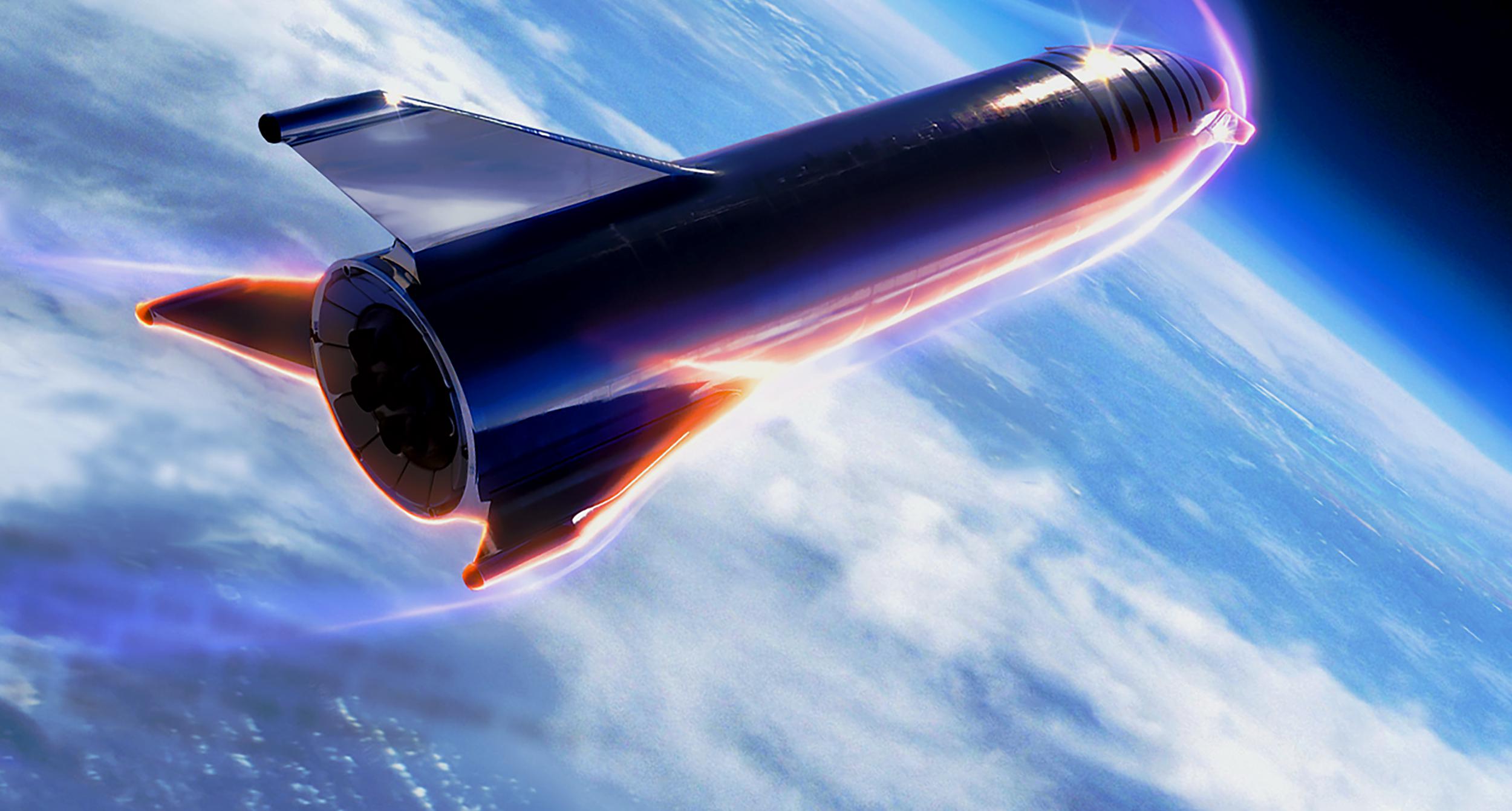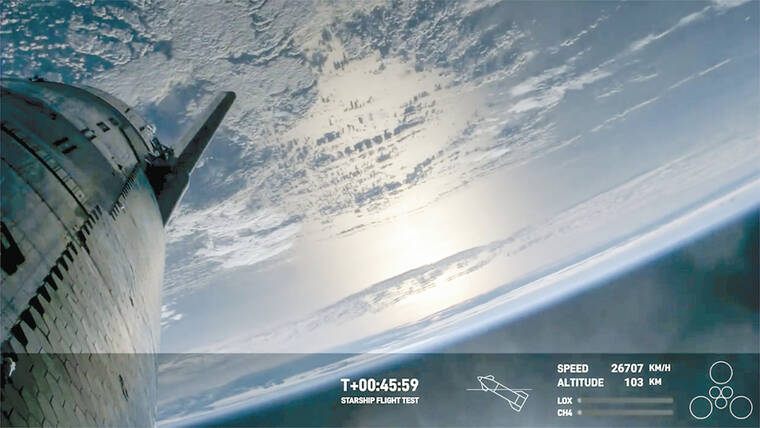
Starship’s reentry footage where the spacecraft emits glowing plasma as it makes its descent has gone viral. (Image: X/@elonmusk)
SpaceX’s Starship recorded the breathtaking footage of its reentry into Earth’s atmosphere following its inaugural successful space flight on Thursday. The event was live-streamed on X and the Starship was seen engulfed in intense plasma which illuminated parts in the spacecraft, turning it red-hot.

“Watch the super hot plasma field grow as Starship re-enters the atmosphere,” Musk wrote, sharing a video of the moment on social media website X. “This is the farthest and fastest that Starship has ever flown,” SpaceX’s live stream commentator said.
Watch the super hot plasma field grow as Starship re-enters the atmosphere! pic.twitter.com/to4UOF2Kpd
— Elon Musk (@elonmusk) March 14, 2024
As a spacecraft re-enters the atmosphere, the air around it heats up significantly due to which it transforms into a glowing plasma of charged particles. This process strips electrons from the air molecules, resulting in stunning visual displays which look very similar to neon signs.

Seeing this happen in nearly real-time during a spaceflight is uncommon, the New York Times said in a report. It further added that the plasma disrupts radio signals, cutting off communication.
These blackouts are not uncommon, it happens when SpaceX’s Crew Dragon capsule returns to Earth from the International Space Station with astronauts.
Mission controllers anxiously await confirmation that the spacecraft’s heat shield has effectively safeguarded the crew as it re-enters the Earth’s atmosphere.

Before Starship faced the intense pressures of re-entry on Thursday, SpaceX utilised its Starlink internet satellites to transmit the live video feed. Positioned in higher orbits, these satellites send signals upward, making communication easier than trying to transmit through the plasma to ground antennas.
SpaceX later confirmed it lost Starship after it fell to Earth and presumably into the Indian Ocean.

Designing a spacecraft which endures such extreme conditions is challenging, which could explain why Starship didn’t survive the fall. However, the dense atmosphere also plays a role in slowing down the descent, allowing Starship to eventually land safely and be ready for another flight.
“The atmosphere is actually doing us a huge favour here by acting as a braking system for Starship as it reenters the atmosphere,” Kate Tice, a SpaceX engineering manager, said in the livestream for Thursday’s launch.

“It’s certainly very unusual, and certainly the best footage we’ve gotten so far,” astronomer Jonathan McDowell was quoted as saying by Business Insider.
Texans and a worldwide audience on X witnessed the launch of the world’s largest rocket on its third and most ambitious test flight yet.
The appeal of Starship lies in its reusability. If SpaceX can reliably reuse both the Starship spaceship and its Super Heavy booster, it has the potential to significantly reduce the cost of space travel and open up numerous opportunities for exploration beyond Earth.